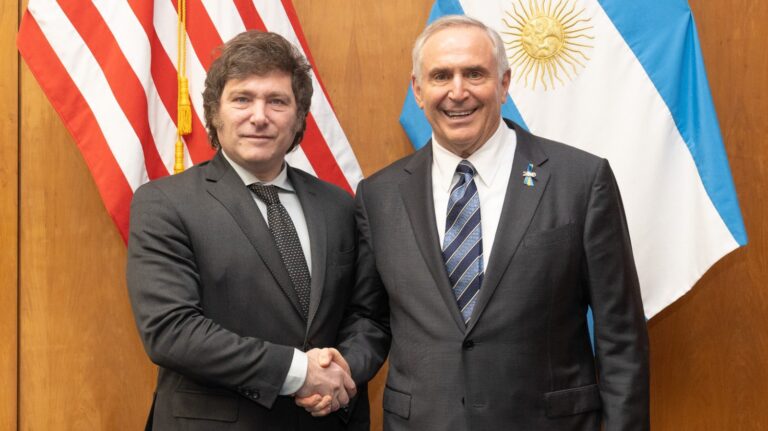More Japanese and Americans!
The United States and Japan both saw an increase in the birthrate during the year 2000. The birthrate in the US rose above replacement level to 2.1335, the highest fertility rate since 1971. The total number of births rose three percent, to 4,064,948.
In Japan, the birthrate is still well below replacement, but it received a “minuscule boost” in 2000, bringing it to 1.35. In 1999 the birthrate was at the lowest point ever — 1.34. The Ministry of Health, Labor and Welfare attributes the increase to the “‘millennium factor’, in which couples wanted to have a child at the turn of the millennium.” It is unlikely the increase will continue. The Ministry of Health has set a target birthrate of 1.379 in order to continue providing social programs such as pensions. Interestingly, the Japanese are having fewer children than they want. JOICFP reports that “the ideal number of children in a family is three on average among the Japanese.”
While the birthrate increased, other statistics in Japan are less promising. The divorce rate and the suicide rate continue to increase.
(“US Fertility Rate Rises,” NGP Population News, 26 July 2001; “Millennium Babies to Save Japan?” JOICFP News, August 200l; “Declining Fertility Theory,” JOICFP News, August 2001)
Destroy the Babies!
Family planning officials in the Guangdong province of China ordered the government of Huaiji county to perform 20,000 abortions and sterilizations by the end of the year. The Huaiji officials are accused of not strictly enforcing the coercive one-child policy, so the provincial government has stepped in and demanded that they forcibly abort and sterilize 20,000 women. To meet the quota imposed by the government, Huaiji officials are purchasing transportable ultrasound equipment in order to detect unauthorized pregnancies. County government employees are being deprived of a portion of their salaries so the county can afford to buy the expensive ultrasound machines.
The London Telegraph reports “women with unauthorized pregnancies will face traumatic abortions in unsanitary conditions… Doctors have been ordered to sterilize women as soon as they gave birth after officially approved pregnancies.” This report is the latest evidence of the coercive nature of China’s one-child policy.
(“Chinese Region ‘Must’ Perform 20,000 Abortions to Meet Family Planning Goals,” London Telegraph, 5 August 2001)
Hot Lines to Report Forced Sterilizations
The new Peruvian Health Minister, Luis Solari, plans to make a hot line available for people to report instances of forced sterilization or other “medical irregularities.” This comes as a welcome change from the former administration. Under Peruvian President Alberto Fujimori, population control abuses were rampant. Sterilization festivals were held throughout the countryside, with many women being forced into tubal ligations they did not want and did not consent to. (See PRI Review, March/April 1998, and January/February 2000). In addition to collecting information about forced sterilizations, the hot line will “be open to receive complaints about health agents’ mistreatment of patients … and lack of respect for patients’ rights,” Solari promises that all reports will be investigated thoroughly. He is also investigating the Integral and Reproductive Health program, which is being implemented in the Amazon area with $2 million from a Japanese foundation.
(“Peru Plans a Hot Line to Battle Forced-Sterilizations,” Zenit, 2 September 2001)
Lapland Needs More Babies
The chairman of the town council of Inari, Finland is urging residents to have more babies in order to “boost its dwindling population.” Chairman Teuvo Niemela has promised not to run for re-election in 2004 if births reach a quota he has set — 80 babies next year and 85 the year after that. The current population of Inari is 7,366. Inari is located in the Finnish Lapland, above the Arctic Circle. Temperatures there drop as low as -49°F in the winter. Last year only 69 babies were born.
This isn’t the first time Niemela has tried to convince the Inari people to have babies. Last year he paid 20,000 markka ($2,000 USD) to the mother of the first baby born in 2000. (“Arctic Town Urged to Procreate,” Reuters, 5 September 2001)










